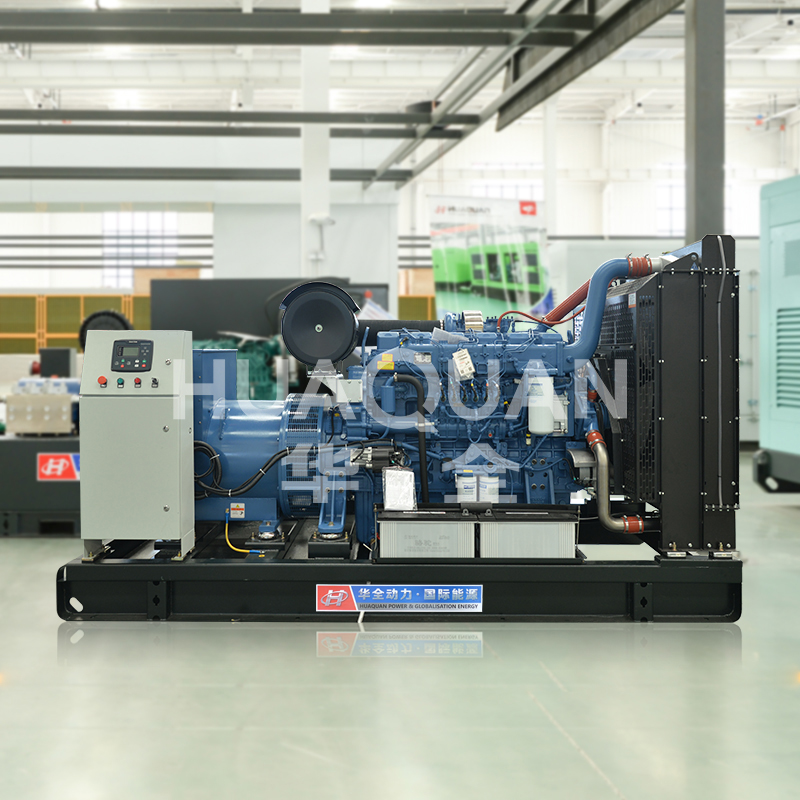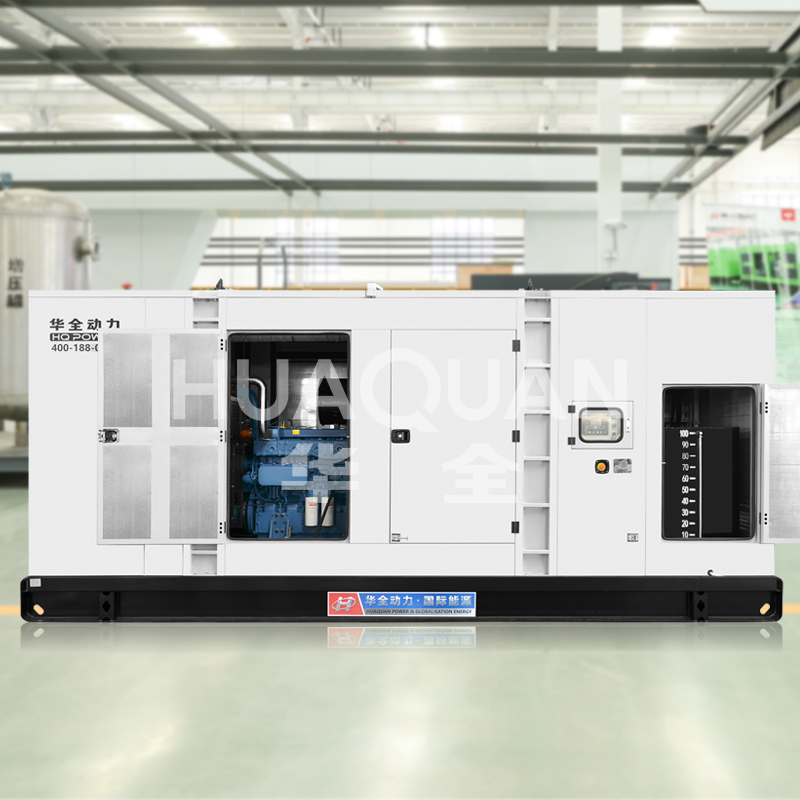Right ventilation and cooling are important for maintaining the efficiency and usage of power plant generators. Here are the essential guidelines for optimizing their thermal management system. For users' reference.
1. Airflow Design and Maintenance
The ventilation system for power plant generators must provide consistent, unobstructed airflow. Regularly clean intake vents and exhaust ducts to prevent dust accumulation. Ensure cooling fans operate at designed speeds, and replace damaged fan blades immediately.
2. Ambient Temperature Control
Monitor the ambient temperature around power plant generators continuously. Install temperature sensors at critical points to detect overheating risks. Consider auxiliary cooling systems when operating in high-temperature environments.
3. Heat Exchanger Efficiency
For liquid-cooled power plant generators, inspect heat exchangers quarterly. Check for mineral deposits in cooling channels and ensure proper coolant circulation. Maintain the correct coolant mixture ratio as specified by manufacturers.
4. Space Planning and Clearances
Allow adequate clearance (minimum 1 meter recommended) around power plant generators for proper air circulation. Avoid storing combustible materials near ventilation paths. Structural modifications should never compromise designed airflow patterns.
5. Emergency Cooling Protocols
Develop contingency plans for cooling system failures in power plant generators. Train personnel to implement emergency ventilation procedures, including manual fan activation and load reduction protocols during thermal emergencies.
By implementing these measures, operators can significantly enhance the cooling performance of power plant generators, preventing thermal stress and prolonging equipment service life while maintaining energy production stability.
More information about power plant generators:https://sinogens.com/








